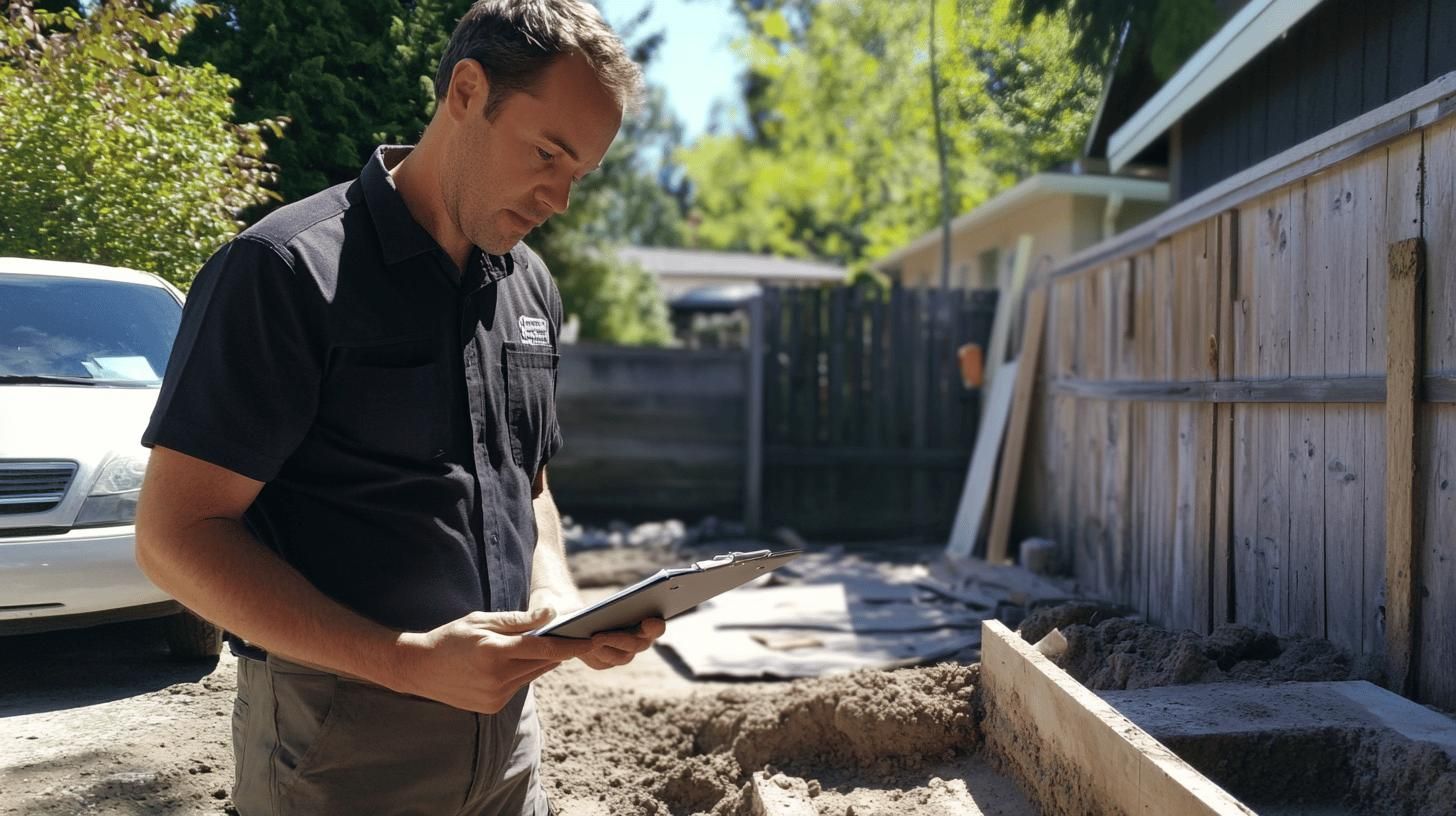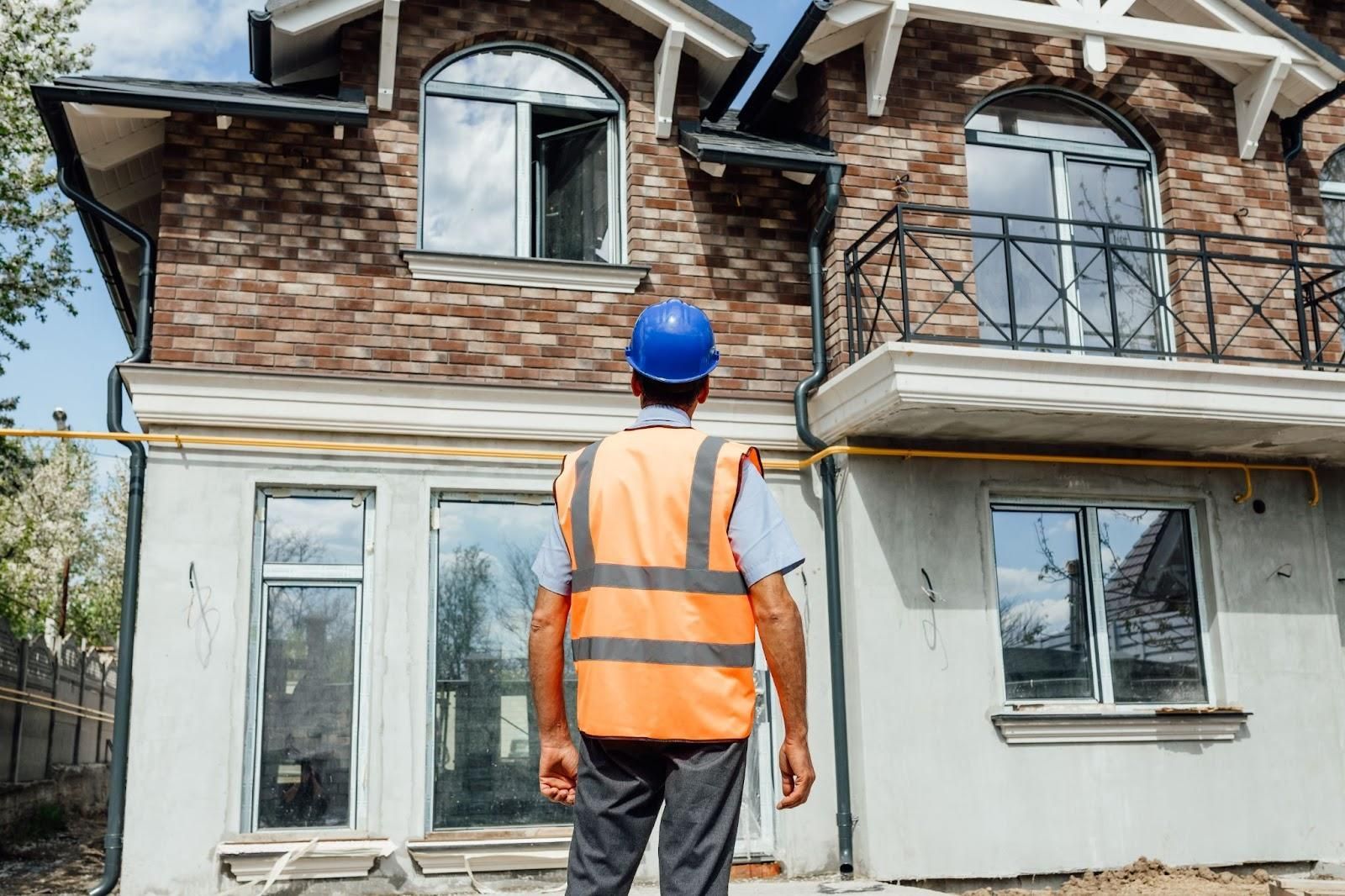How Regular Home Maintenance Saves Money
How frequently do homeowners find themselves facing unexpected repair bills due to neglected maintenance? It's a startling statistic: according to the National Association of Home Builders, ignoring regular home maintenance could eventually lead to repair costs that significantly reduce your property's value. By investing just 1-4% of your home's value annually in maintenance, you not only preserve its aesthetic and functional worth but also fend off the risk of costly repairs. This blog will delve into the financial advantages of routine upkeep, demonstrate how it can prevent minor issues from escalating, and highlight its role in enhancing both safety and efficiency.
Common Home Maintenance Tasks
Each maintenance task, whether small or large, plays a vital role in maintaining the structural integrity and efficiency of a home. For instance, roof inspections help identify missing shingles or leaks before they cause extensive water damage. By addressing these minor issues promptly, homeowners can avoid more significant repair costs.
Here's a bullet-point list of common maintenance tasks that should be part of every homeowner's checklist:
- Roof inspections for missing shingles and leaks
- Cleaning gutters and downspouts
- HVAC system servicing and filter replacement
- Sealing windows and doors
- Inspecting and maintaining plumbing systems
- Checking insulation and attic ventilation
- Testing smoke and carbon monoxide detectors
By adhering to these maintenance tasks, homeowners can preserve their property's value and avoid major repairs, ensuring a safe and efficient living environment.
Professional Inspections and Their Benefits

Professional inspections are pivotal in identifying potential issues before they escalate into significant problems. By thoroughly examining various home components, inspectors can detect hidden problems that might be overlooked during routine maintenance. Early identification of issues such as roof leaks, faulty electrical systems, or plumbing deficiencies allows for timely repairs, preventing these minor concerns from developing into costly repairs or replacements.
The long-term savings attributed to regular professional inspections are substantial. By investing in these inspections, homeowners can extend the lifespan of critical home systems and components, avoiding the high costs associated with premature failures.
For instance, a professional assessment of the HVAC system can reveal inefficiencies that, if addressed early, can reduce energy consumption and lower utility bills. Over time, these savings can significantly offset the cost of the inspections themselves.
Certain home maintenance situations require the expertise of professionals to ensure accurate assessment and repair. For example, foundation inspections conducted by a structural engineer can reveal underlying issues that, if left unattended, could compromise the structural integrity of the property. Similarly, electrical system evaluations by certified electricians ensure that all components meet safety standards, reducing the risk of fire hazards. These examples indicates the importance of professional expertise in safeguarding the home and protecting its value.
Final Words
Regular home maintenance ensures the longevity and efficiency of a property. By addressing minor issues proactively, homeowners prevent expensive repairs and protect property value. Seasonal upkeep tasks, like HVAC servicing and gutter cleaning, maintain aesthetics and functionality year-round.
Understanding how regular home maintenance can prevent costly issues is essential. Adopting a structured approach will not only preserve but also enhance property value, ensuring continued enjoyment of a safe and comfortable home environment.
FAQ
Why is regular home maintenance important?
Regular home maintenance is crucial as it prevents small issues from escalating into major problems, ensures safety and efficiency, and helps preserve the property's aesthetic and functional value.
Why is routine maintenance important for preventing the need for major repairs?
Routine maintenance can detect potential issues early, reducing the risk of significant damage and costly repairs, ultimately saving time and financial resources in the long term.
Why is maintenance important in household services?
Maintenance in household services ensures systems and appliances function effectively, increasing their longevity and efficiency, enhancing safety, and keeping operational costs low.
Why is it important to set a budget for home repairs and maintenance?
Setting a budget for home repairs and maintenance allocates necessary financial resources, ensures regular upkeep, prevents future financial strain due to unexpected repairs, and helps maintain the home's value.











